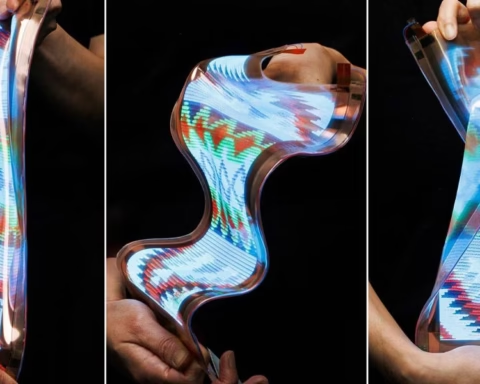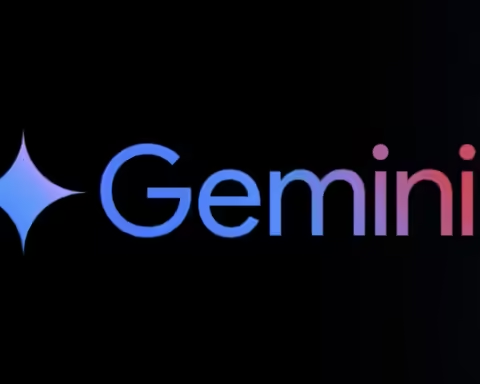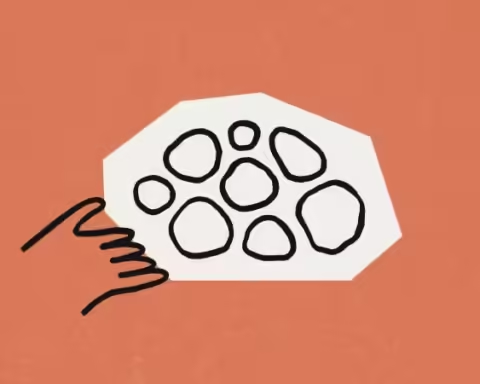YouTube has just revealed its updated strategy for managing AI-generated content on the platform. The approach includes new policies on responsible disclosure and introduces additional tools for users to request the removal of deepfakes. These new guidelines are set in place due to the potential for AI-generated content to mislead viewers who may be unaware that the video has been “altered or synthetically created.”
One of the upcoming changes includes the implementation of new disclosure requirements for YouTube creators. Moving forward, creators will be required to disclose when they have produced altered or synthetic content that appears too realistic. This disclosure applies to videos created using AI tools, such as those portraying fictional real-world events or featuring individuals saying or doing things they never actually said or did. It’s important to note that this disclosure requirement specifically applies to content that “appears realistic” and isn’t a universal mandate for all videos generated through AI.
It’s interesting to see how YouTube will handle AI videos
since they are actively exploring the realm of AI-generated content as well. In
September, the company revealed its plans to introduce a new generative AI
feature called Dream Screen in the coming year. This feature empowers YouTube
users to craft AI-generated video or image backgrounds by simply typing in
their preferences. Importantly, all of YouTube’s generative AI products and
features will be automatically tagged as altered or synthetic.
The company cautions that creators who fail to consistently disclose their use of AI may face consequences such as content removal, suspension from the YouTube Partner Program, or other penalties. YouTube assures that it will collaborate with creators to ensure they understand the requirements before going live. It’s important to note that some AI content, even if labeled, may be taken down if it involves “realistic violence” with the intent to shock or disgust viewers.
Additional updates give any YouTube user the option to request the removal of AI-generated or other synthetic/altered content, including deepfakes that replicate an identifiable individual—using their face or voice. However, the company specifies that flagged content won’t be universally removed, allowing space for parody or satire. YouTube outlines that it will assess factors such as the requester’s uniqueness of identification and whether the video involves a public official or a widely recognized individual, indicating that in such cases, a higher threshold for removal may apply.
In addition to the deepfake removal tool, the company is rolling out a new feature that enables music partners to request the removal of AI-generated music imitating an artist’s singing or rapping voice. YouTube acknowledges that it is working on a system to eventually compensate artists and rights holders for AI music, making this a temporary measure for content takedowns. YouTube will take into account certain considerations, allowing content that is the subject of news reporting, analysis, or critique of synthetic vocals to remain online.
VPs of Product Management Jennifer Flannery O’Connor and Emily Moxley said in a blog post that “We’re still at the beginning of our journey to unlock new forms of innovation and creativity on YouTube with generative AI. We’re tremendously excited about the potential of this technology, and know that what comes next will reverberate across the creative industries for years to come. We’re taking the time to balance these benefits with ensuring the continued safety of our community at this pivotal moment—and we’ll work hand-in-hand with creators, artists and others across the creative industries to build a future that benefits us all.”





